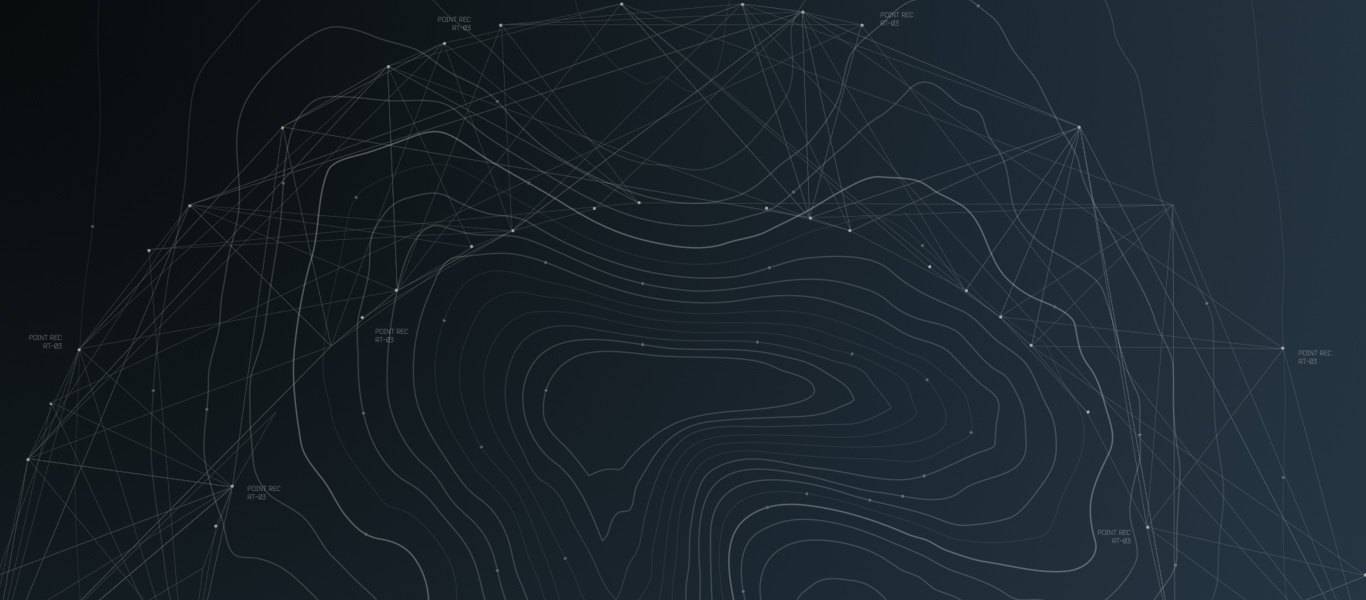
NEURAL DESIGN 1.0
NEURAL DESIGN AI LAB
Since 2014, this holistic AI lab has pursued a rigorous and methodical exploration of artificial intelligence across theoretical and applied dimensions, uniting disciplines as diverse as cognitive architecture, AGI, and the philosophy of the Singularity. This dual approach bridges the abstract—probing the nature of intelligence itself and its pathways to autonomy—with the pragmatic, where experimental applications translate abstract models into actionable frameworks. The lab’s interdisciplinary foundation enables a unique synergy, connecting computational theory with epistemology, systems thinking, and advanced AI-driven methodologies, making it a crucible for advancing both the understanding and utility of artificial intelligence.
Over the years, this lab has built a legacy of exploring how machines can see, hear, speak, and design, uncovering their ability to create in ways distinct from human methods—yet often more precise, efficient, and time-effective. This unique capacity has redefined how we approach creativity and industrial processes, revealing a new form of intelligence capable of not just mimicking human effort but surpassing it in critical dimensions. These advancements point to a future where machines design and innovate with a level of understanding that feels closer to true cognition, not merely processing information but engaging with it meaningfully. This evolution has fundamentally shifted our perspective, emphasizing systems that amplify human potential by creating solutions and insights that were previously unthinkable across diverse domains.
The lab's current focus turns toward the frontiers of hardware, architectures, and applied AI, tackling challenges that will define the future of computation itself. This involves reimagining processing paradigms, creating architectures optimized for the demands of AGI, and exploring systems that can adaptively align with the complex requirements of industries and scientific discovery. With a deliberate emphasis on accelerating not just productivity but the depth of insights achievable, this work seeks to create AI systems that are not only scalable but symbiotic with human goals and the advancement of knowledge.
By aligning its interdisciplinary ethos with a commitment to pushing technological boundaries, this lab is uniquely positioned to drive the convergence of theory, application, and hardware innovation. The vision is not only to refine AI tools but to craft a new landscape where AI transforms design, industries, and science at both an evolutionary and revolutionary scale. This balance of long-term AGI ambitions with immediate applied outcomes ensures that the lab remains a beacon for those seeking to deepen humanity’s intellectual reach while amplifying its practical capacities.

